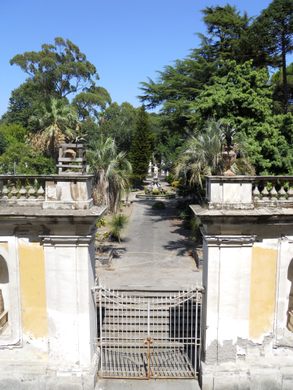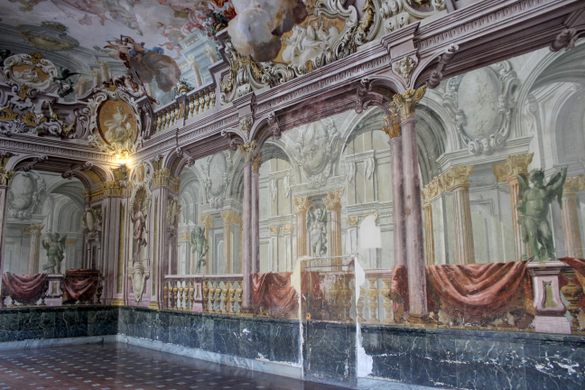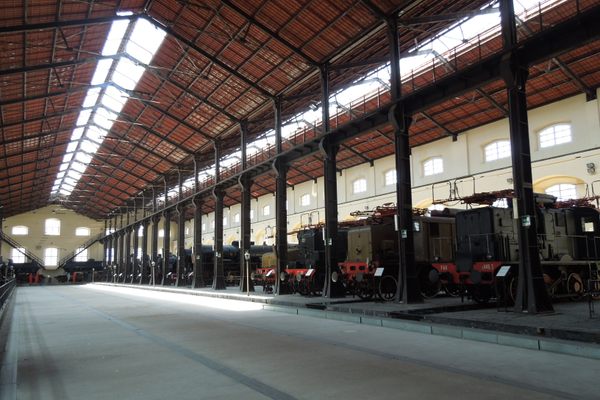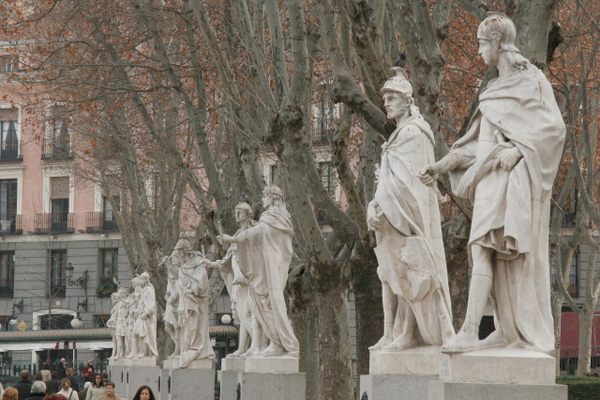AO Edited
Palace of Portici
Before the more famous Royal Palace of Caserta, the king of Naples first commissioned this overlooked residence.
Charles of Bourbon, King of Naples and Sicily, famously commissioned the construction of the spectacular Royal Palace of Caserta. However, this was not the first royal residence he had constructed.
In 1738 after a visit to Portici positively impressed the young king and his consort, he decided to commission a new royal palace in the small town just east of Naples. Famous architects, painters, and sculptors of the time were called in to take part in the project. The design was inspired by the older residences and Roman villas of the area.
While the palace was under construction, many archeological finds and even an entire Roman temple were unearthed. The palace was small and could not host the entire court, so in the following years, many other residences were constructed in and around Portici. Around 122 are now known as the Vesuvian Villas of the Golden Mile (Ville Vesuviane del Miglio d’Oro).
Just a few years after the Palace of Portici was completed, the Royal Palace of Caserta was already being built and quickly overshadowed the smaller residence of Portici. The palace continued to act as a royal residence and was inhabited by various members of the Bourbon royal family. In 1839, the Palace of Portici was connected to Naples by the first railway built in Italy, known as the Naples-Portici railway.
The baroque palace also includes a large park called Giardino della Regina (Queen’s Garden), which was used as a private zoo home to many exotic animals. The palace was later transformed into a museum. Today, it hosts the Faculty of Agriculture of the University of Naples Federico II, while the park is known as the Orto Botanico di Portici, a botanical garden.






















Follow us on Twitter to get the latest on the world's hidden wonders.
Like us on Facebook to get the latest on the world's hidden wonders.
Follow us on Twitter Like us on Facebook